While automakers may be slowing down plans to rush all-electric models to market they’re still looking for ways to meet increasingly stringent emissions and fuel economy regulations. In the case of the next-generation Telluride, Kia appears to be looking at range-extender technology that could let the 3-row SUV operate in all-electric mode during daily commutes, but keep going without having to plug back in on longer trips. Headlight.News has more.
With a new version of the 3-row Hyundai Palisade ready to come to market, sibling Korean brand Kia is working the final bugs out for its own take on that roomy SUV. But Kia’s offering may feature a decidedly different set of powertrain options.
The 2026 Kia Telluride is expected to get an extended-range electric vehicle, or E-REV, package, according to the South Korean newspaper, Maeil Business, and other sources. Indeed, Kia President and CEO Ho Sung Song confirmed that this technology is under development during a corporate presentation on April 9 in Seoul.
The technology, according to proponents, has advantages over both fully electric and plug-in hybrid powertrains. And it’s quickly gaining traction at other manufacturers, including Stellantis which plans to launch its first E-REV late this year in a version of the big Ram 1500 pickup.
Multi-energy strategy

Kia’s CEO revealed various drivetrain options the carmaker is working on during an April presentation.
While Kia continues to be working up a broad range of all-electric models, it is now joining manufacturers like Stellantis, Toyota and Honda in betting that market demand will be best met through the use of a variety of different powertrain technologies.
The next-generation Kia Telluride was expected to debut with both internal combustion and hybrid options. It now appears a range-extender could be in the mix, at least at some point during the SUV’s lifecycle.
According to Maeil Business, the E-REV package may roll out of the new Megaplant Kia parent Hyundai Motor Group opened in Georgia late last year That factory originally was intended to go fully EV. But company officials have since confirmed that they will add hybrid production, as well, reflecting slower growth than expected in the battery-electric market.
What’s an E-REV
In broad strikes, an E-REV isn’t all that different from the more familiar plug-in hybrid systems now offered by a broad range of manufacturers, including Honda, Toyota and BMW. Both pair up an internal combustion engine with electric drive technology.
But a PHEV’s wheels can draw torque either from that IC engine, its electric motors – or from both simultaneously. That requires a fairly complex transmission system, among other things, boosting cost, even as it permits a motorist to keep rolling once the vehicle’s batteries are drained.
With an E-REV, the wheels are always driven solely by the vehicle’s electric motors. There is an internal combustion engine but it serves solely as a generator and, depending upon configuration, could send current directly to those motors, to the batteries to recharge, or to both.
More Kia News
Kia’s powertrain options
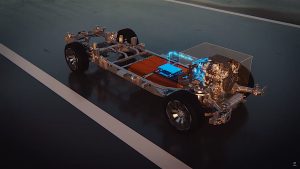
A rendering from Stellantis shows the E-REV system that will be used in products from the Jeep, Ram and Chrysler brands.
A key advantage of an E-REV is that there’s no need to configure a transmission to shift between the two sources of power. The ICE portion only generates current. That means it can operate in a much narrower REV band which can then be tuned to maximize efficiency and minimize emissions – even while doing away with some expensive componentry such as variable valve timing.
Like sibling Hyundai, Kia is using a 2.5-liter I-4 for much of its line-up and, with Telluride could package it in a variety of configurations, including a straight gas option, conventional or plug-in hybrid or E-REV. It’s been suggested that range in that configuration could top 100 miles on the battery alone – which would charge much like a regular EV – but a tankful of gasoline could stretch that to 500, even 600 miles or more.
E-REV technology isn’t new for the Hyundai Motor Group, HMG’s former CEO Jaehoon Chung over a year ago confirming it was under development and that it could be ready for use in the U.S. and Chinese markets by 2026. Whether it will first appear in the next-gen Kia Telluride is something we’ll have to wait to see.

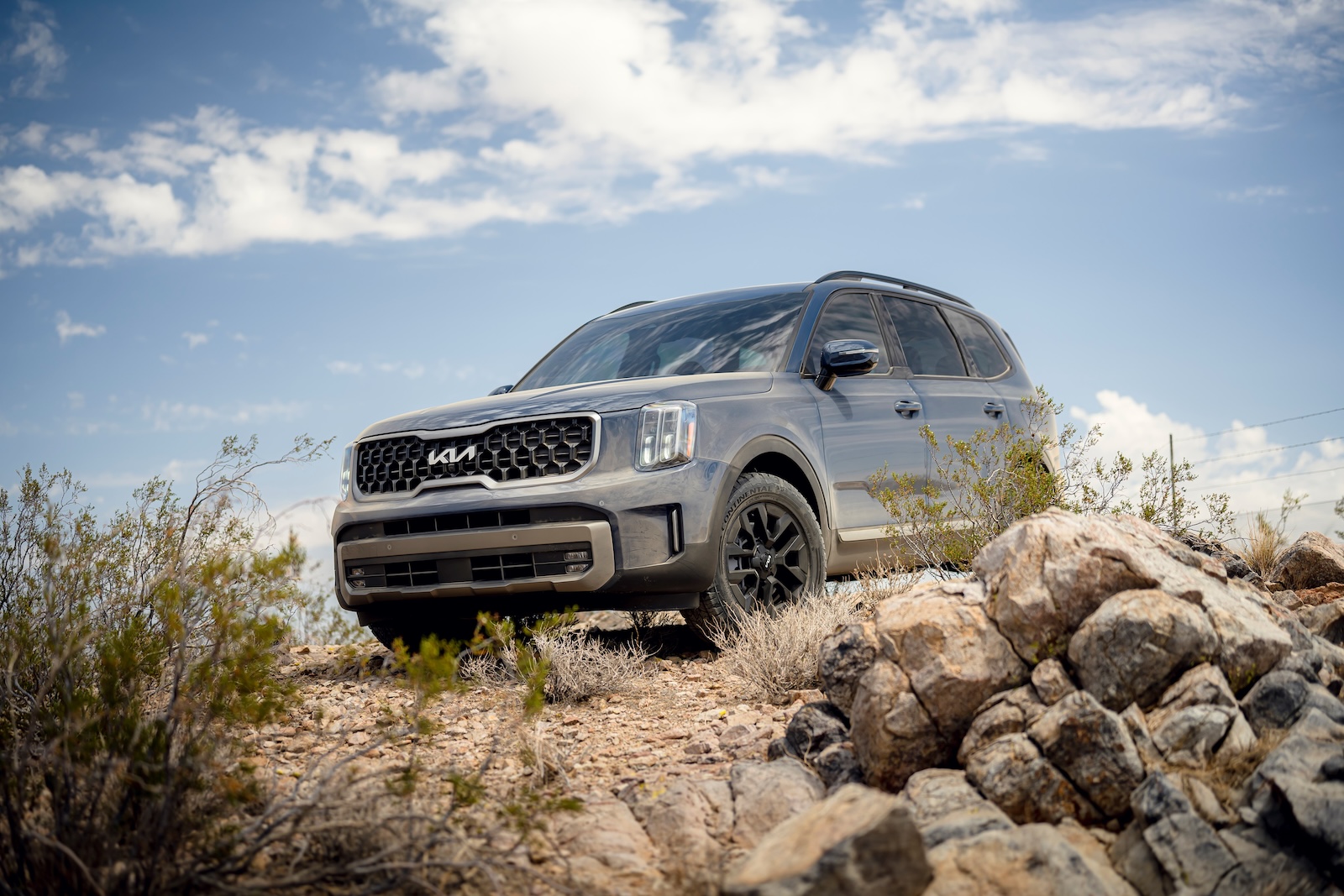
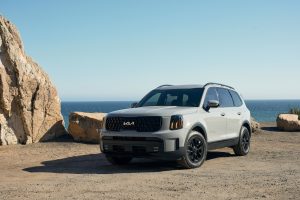
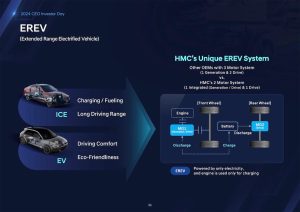
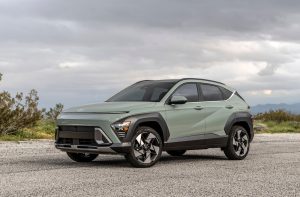
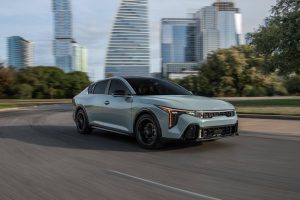

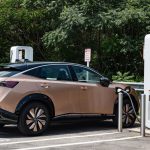
0 Comments